Does Taco Bell Hot Sauce Expire and Everything Else About Sauce Packets You Never Thought To Ask
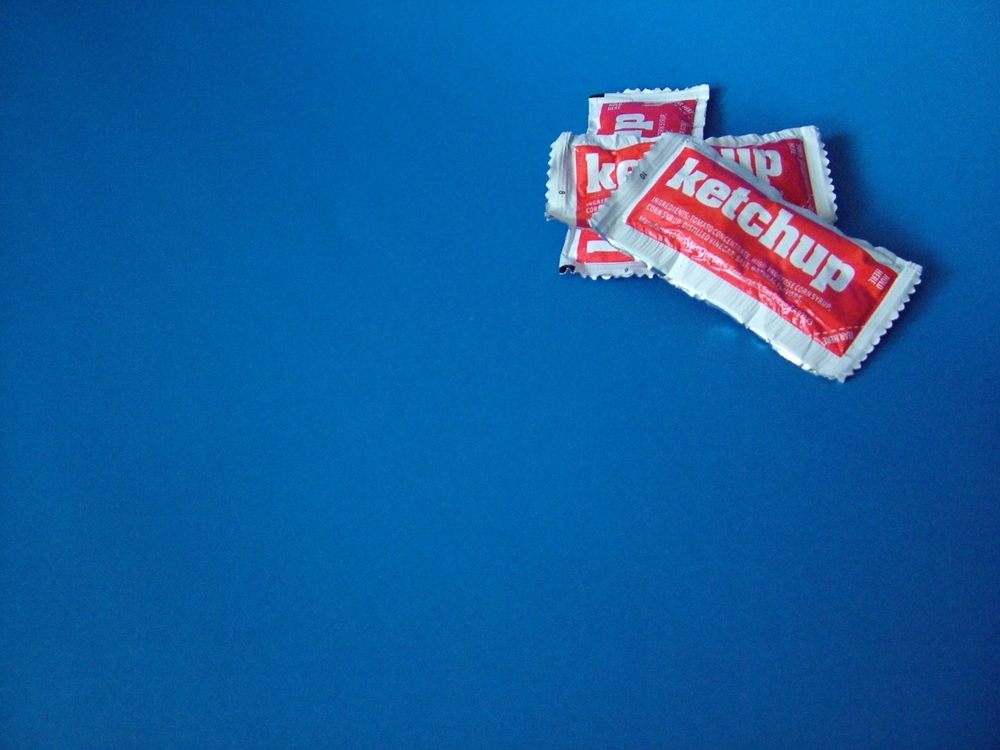
(Photo: Susan Quinland-Stringer/shutterstock.com)
A version of this post originally appeared on the Tedium newsletter.
Sauce packets, the dabbles of vinegar and tomato puree that make up ketchup, the emulsified eggs and oil bound together in the average mayonnaise (admit it, you use these for fries) or the soy sauce from your last takeout order, seem to be the Forrest Gump of the fast food world. With every milestone or major industry event, they sit there, in the background.
Yet, these small bits of plastic are a whole industry unto themselves. Before they started clogging up your silverware drawer, they represented a kind of packaging innovation.
Take the Heinz packet. Much like the magnetic stripe on your average credit card, they’re newer than you think. The first Heinz ketchup packet didn’t come about until 1968, getting beat to the market by soy sauce packets, which came about roughly a decade earlier. And their size seems comically small, but that’s no accident. According to Marketplace, food companies are very particular about the size of their ketchup packets over the years.
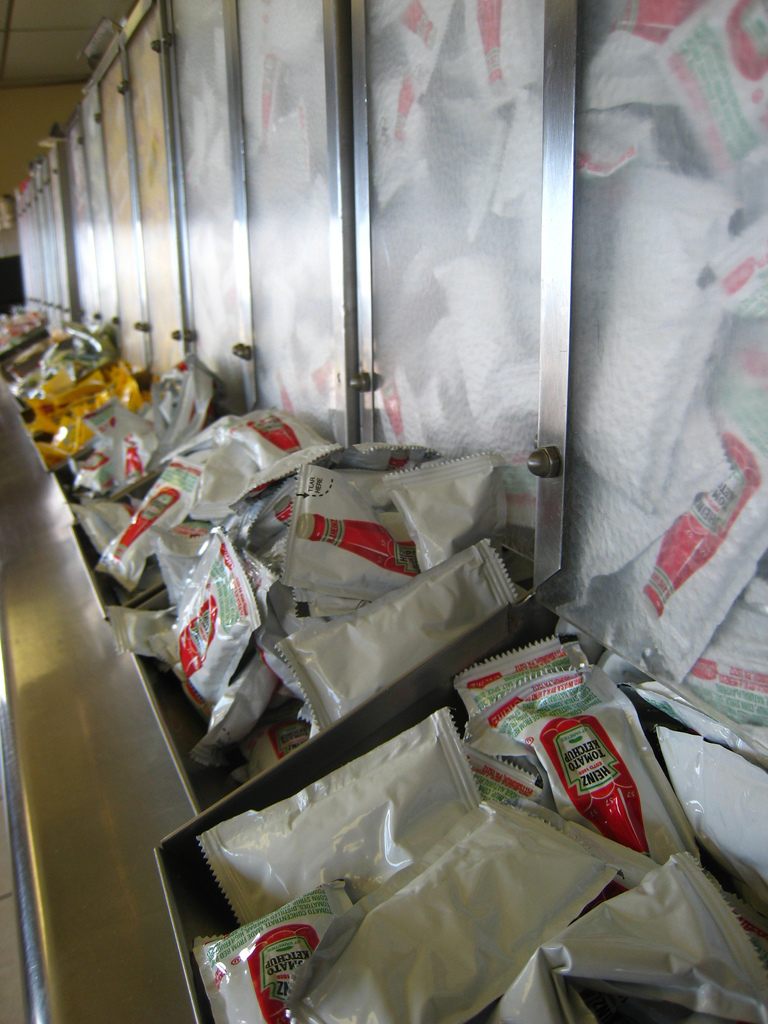
Lots and lots of ketchup. (Photo: Bill Selak/flickr)
Despite the fact that they generally can be made in larger sizes, the market has settled on nine-gram packets, despite the fact that nine grams is clearly not enough since we use like six of them in a single serving. (Credit to Heinz, though, for attempting to come up with some alternatives.)
Heinz sells an absurd number of these packets each single year—according to the company, that’s around 11 billion or so every 365 days, or two for every person on the planet. At nine grams each, that’s about 109,000 tons of ketchup. (Heinz uses more tomatoes than anyone else on the planet.)
The level of production behind ketchup packets raises some significant concerns, just because of all the raw materials used and the fact that … well, a lot of packets of sauces end up in fridges or in cupboards. And those concerns are, to a degree, warranted. Ketchup packets are generally not very easy to recycle, because they’re made of a combination of plastic and foil, and separating the materials is far more difficult than fusing them together.
The juice maker Capri Sun, which makes its packaging in roughly the same way, has come under fire in recent months because its packs can’t be recycled.
While Heinz is by far the largest producer of ketchup packets, they’re far from the only one. The world’s largest fast-food chain, McDonald’s, severed its ties with Heinz completely in 2013 after the condiment company hired Burger King’s former CEO as its new chief executive. Previously, supplied 90 percent of McDonald’s condiments.
For condiment lovers who can’t just grab the packets off the counter, it is possible to buy ketchup in stores. Amazon sells bulk packets along with other online outlets such as Food Service Direct and Heinz’s own food service vendor.
The number of packets out there, the fact that they don’t have any expiration dates directly on the packaging, and the fact that they’re often given away for free commonly leads to some weird situations and interesting questions.
Perhaps the weirdest situation came about in 2006, when a couple of knuckleheads in Indiana returned more than 400 pounds of sauce packets, or approximately 25,000 packets, to a local restaurant—something we’re assuming the manager on that night was thrilled about.
The packets, which were returned inside of six garbage bags, were collected by a group of pranksters over a three-year period and left inside of a dude’s car. Reports initially suggested that the hot sauce was stolen, but The Consumerist reported in a follow-up that it was actually the work of a guy who ate a lot of Taco Bell.
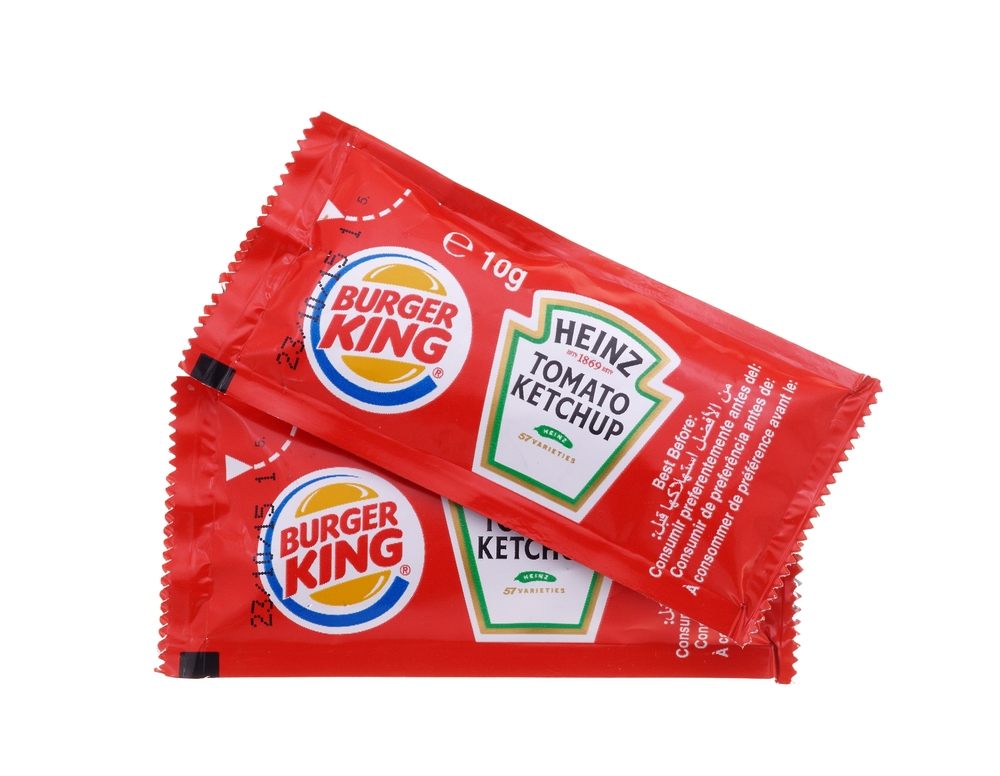
Packets of Heinz ketchup from a Burger King in Spain. (Photo: Toni Genes/flickr)
“I’ve heard a lot of people accumulate sauce packets in their glove compartments. We know people keep things and it’s a pretty common phenomenon, but to have that many, I’ve never heard of that,” Taco Bell spokesman Rob Poetsch said of the incident.
Perhaps these guys are to blame for a shift in sauce-distribution policy at some stores. Last year, Slate contributor Ruth Graham noted the growth of a movement by some fast food stores to only distribute sauce packets behind the counter.
“The recession taught fast-food restaurants that you must run a much more efficient operation. You must run a tight ship, and you cannot get by being loosey-goosey and freewheeling with your condiment packets,” Sam Oches, who edits a fast-food-industry trade magazine told Graham.
He also suggested that there’s an element of behavioral psychology at play.
“Ultimately if you start to implement some of the change at the store level, where you switch the expectation from not getting to grab handfuls of condiment packets and have to go up to the counter to ask, in time people will forget,” he explained.
Perhaps this glut of sauces will soon be a thing of the past, but for now, let’s go back to the pile of random condiments sitting in your fridge. Clearly they’ve probably been there for a while, perhaps dating to the Clinton administration or longer.
These devices of saucedom generally have very little in the way of useful information located on the package. No nutritional information, and generally no expiration dates. Which might make one wonder—do they last forever?
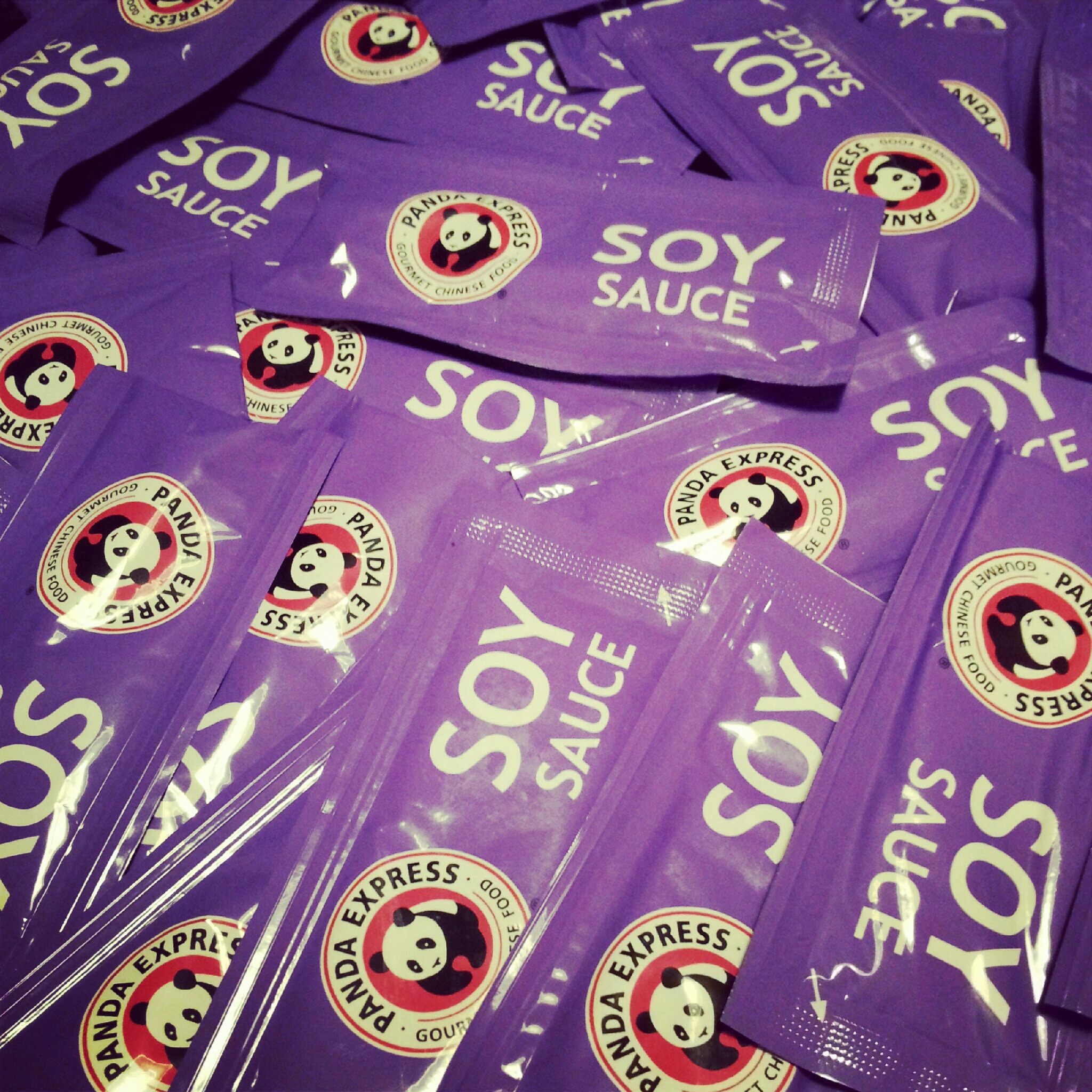
Many packets of Panda Express soy sauce. (Photo: me and the sysop/flickrsysop)
I’m here to tell you that, in most cases, they don’t. Some types of condiments commonly found in packet form, like honey, salt, and sugar, don’t really go bad for various reasons.
But those spare Taco Bell sauce packets that you’ve been using like Tabasco from another mother? Yes, they spoil. They lose their flavor over time, and those plasticky metal packets only go so far to protect the spicy flavor that’s buried inside of the casing. Same with ketchup, mayo, mustard, BBQ sauce, or relish.
And believe it or not, they do actually have expiration dates generally listed—just not on the sauce packets themselves. Instead, they tend to have it on the boxes that the restaurants pull the hot sauce out of.
This issue that we’re touching upon is actually a big topic of discussion in the survivalist space. It’s understandable: If the world ends and you run out of sustenance elsewhere, that extra supply of Horsey sauce from Arby’s is going to come in handy. But the result is a little disappointing from a results standpoint. A common story shared around survivalist forums is this one from WISN reporter Portia Young, who found that most sauces last less than a year. There’s not a lot of meat there, and I’m linking to Wayback Machine link, so clearly this information is current and authoritative, but here’s the list she acquired from Heinz:
- Ketchup: 7 months
- Chopped onions: 7 months
- Mayonnaise: 8 months
- Fat-free mayonnaise: 8 months
- Relish: 9 months
- Mild taco sauce: 9 months
- Hot taco sauce: 4 months
- Yellow mustard: 9 months
- BBQ sauce: 9 months
- Steak sauce: 9 months
- Tartar sauce: 8 months
- Horseradish sauce: 8 months
- Cocktail sauce: 9 months
- Tabasco sauce: 8 months
A slightly better piece of research on the issue comes from a site called the Outdoor Herbivore Blog, which puts expiration dates on the sauces and offers some guidelines as to what to expect when you’re in the middle of nowhere and the only thing you have to eat is a packet of mayonnaise that you found inside the seat cushions of your 1989 Ford Taurus.
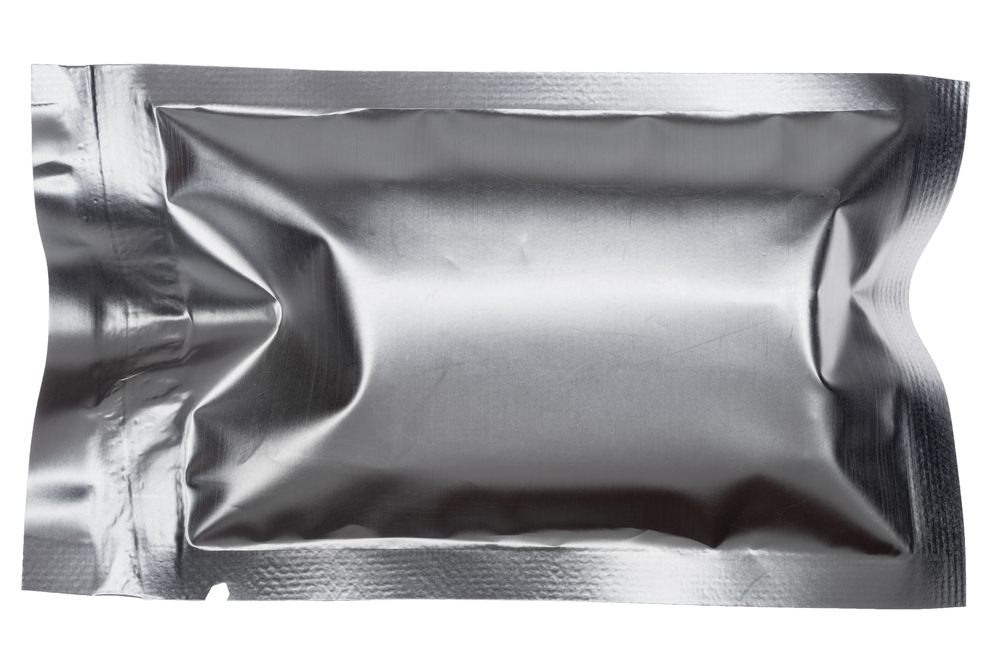 A vacuum-sealed foil package of the type used for condiments. Ketchup packets are generally not easy to recycle, because they’re made of a combination of plastic and foil. (Photo: Matt Valentine/shutterstock.com)
A vacuum-sealed foil package of the type used for condiments. Ketchup packets are generally not easy to recycle, because they’re made of a combination of plastic and foil. (Photo: Matt Valentine/shutterstock.com)
“Before consuming the condiment, inspect the packaging. If it appears puffy or is damaged, toss it. When you open the packet, inspect it. If it has an odd color, texture, flavor or odor, toss it,” the site explains. “Condiments containing fats (mayo, butter) go rancid more quickly.”
But if that wasn’t shocking enough info, consider this: soy sauce packets often don’t even contain its eponymous ingredient.
As detailed in a story from the Atlantic last year, the history of the tiny packages is fascinating. Howard Epstein, a Jewish man from the Bronx, co-created the product after making plastic freezer pops for years. The initial use case was not take-out, either; it was to enable Chinese food to be served on airplanes. Thrillistthen pointed out a disgusting, disappointing fact that you didn’t notice: those soy sauce packets quite often don’t include soy, but instead a reassuring ingredient called “hydrolyzed vegetable protein.” At least, when you pick up a Heinz packet, you know you’re getting ketchup.
A version of this post originally appeared on Tedium, a twice-weekly newsletter that hunts for the end of the long tail.

Gastro Obscura covers the world’s most wondrous food and drink.
Sign up for our regular newsletter.





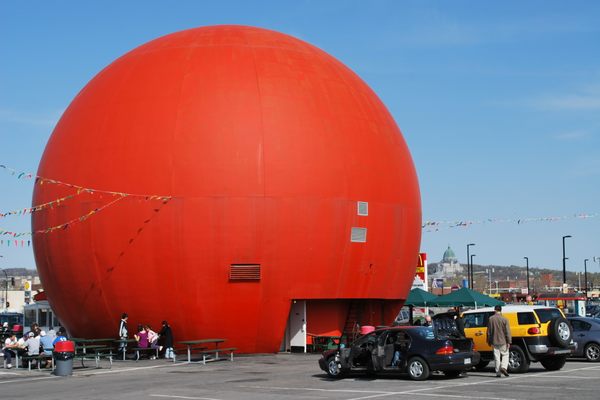


















Follow us on Twitter to get the latest on the world's hidden wonders.
Like us on Facebook to get the latest on the world's hidden wonders.
Follow us on Twitter Like us on Facebook